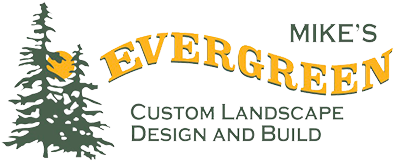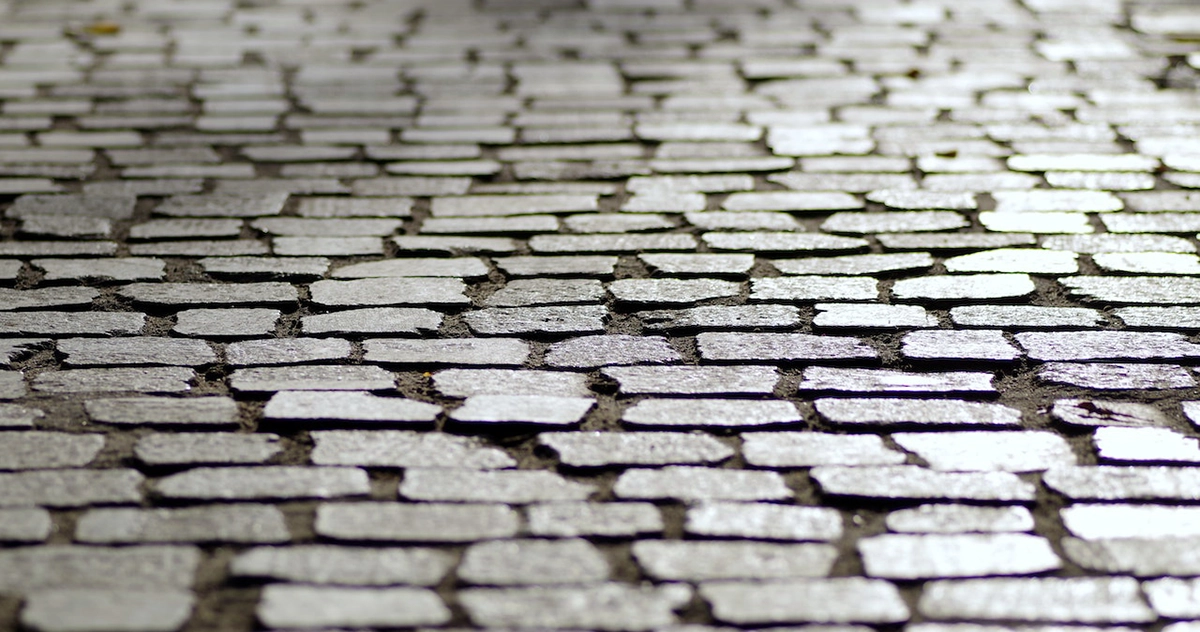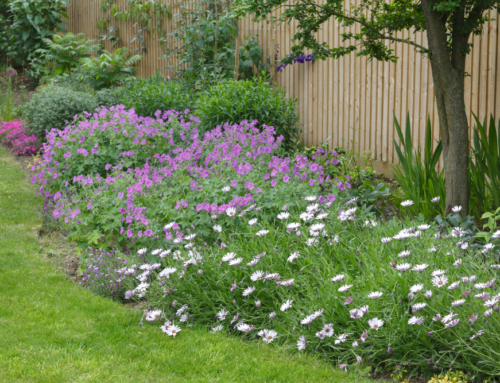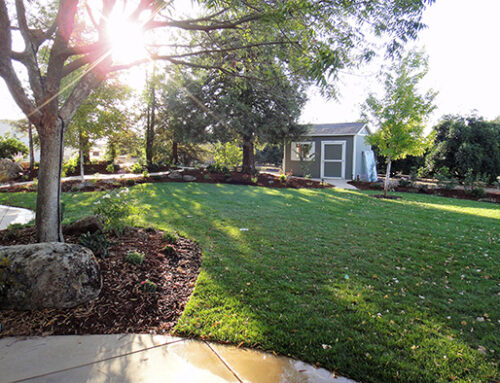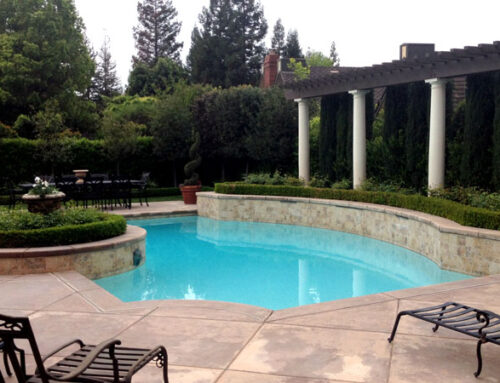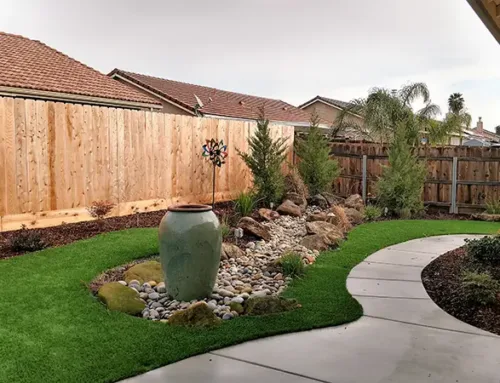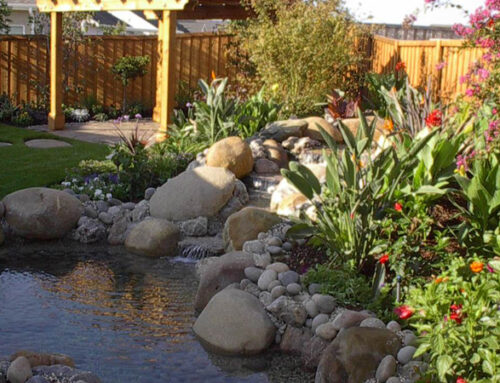If you’re curious as to why best type hardscape materials matter in landscaping, we’ve got answers to some of your most-asked questions.
First, a brief overview of foundational concepts. The difference between hardscape and softscape landscapes. So we can have a solid framework to understand why best type hardscape materials matter in landscaping.
What’s the difference between hardscape and softscape landscapes?
Hardscape or hardscaping refers to all non-living elements of a landscape. That is, non-living elements that lend focal points and practical pieces to your property.
Think pavers, flagstone. Plus, other stone, brick and concrete materials. Also, metal, wood, tile and loose stones or gravel. Walkways, driveways, retaining walls and fences. Additionally, patios, arbors, pergolas and gazebos. Furthermore, a fire pit or an outdoor kitchen. A fountain, a pool. They can all be part of your overall landscape design.
Note: while water elements are often grouped with hardscaping, they’re in a class of their own—waterscapes and waterscaping.
Softscape or softscaping refers to all living elements of landscaping. Living elements, which focus on color and beauty. Think gardens, perennials, annuals and trees. Also, soil, flowers, grass, shrubs, vines, groundcover plants—plus plants of many kinds.
Note: because softscape materials need water, irrigation is often grouped with softscaping. But it’s also in a class of its own.
Also note, well-balanced blends of softscape and hardscape materials are key to an eye-catching landscape design.
Now, let’s uproot why best type hardscape materials matter when it comes to using pavers, flagstone and concrete in landscaping.
Why Best Type Hardscape Materials Matter in Landscaping.
Probably the two most-asked hardscape material questions.
- Should I choose pavers or flagstone?
- Or should I bypass both and pour concrete?
First question, formal pavers or more natural flagstones.
Answer: of course, the choice is yours. But consider the costs. Pavers are much more expensive than flagstone. It’s easier to set and move flagstone. While pavers require a considerable amount more prep work. And they’re heavier than flagstone.
However, pavers lend more of a finished, patio look and feel. They require less maintenance than flagstone. And they support more weight. Finally, pavers add more value to your property. And flagstone can cause tripping, until the edges are worn down over time, from foot traffic and other elements.
Second question, concerning concrete.
The initial investment for poured concrete is lower than pavers or flagstone. But when wear, tear and stains appear over time, poured concrete requires a complete replacement. Pavers and flagstones can be replaced individually. Thus, you’ll spend more money in the long run on poured concrete.
Concrete pavers are a great alternative to poured concrete. If concrete is your choice material. They can be treated to weather varying elements (water, heat, freezing temperatures). And they’re generally stronger than poured concrete.
Lawn & Landscape cites pavers, brick plus cultured and natural stones as the foundation for bringing function and beauty to any outdoor living area. Because there are so many options, landscape architects should consider the purpose of the hardscape space.
Here at Mike’s Evergreen, we couldn’t agree more!
We’ll take the time to find out how you’re going to use your outdoor space. Then, we’ll create intricate designs or something more simplistic to suit your taste. The choice is yours.
Have other landscaper questions? Find your answers to other frequently asked questions here.
